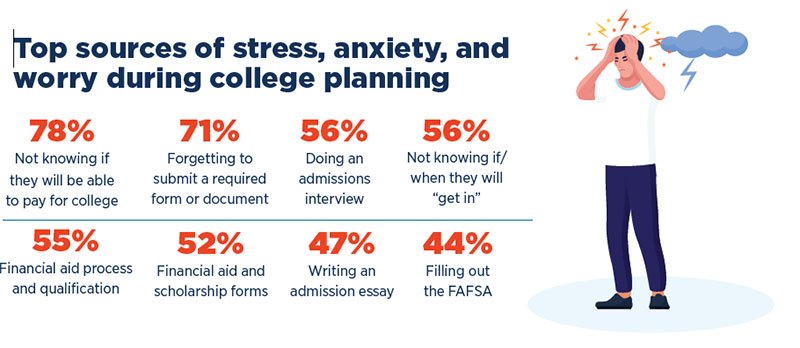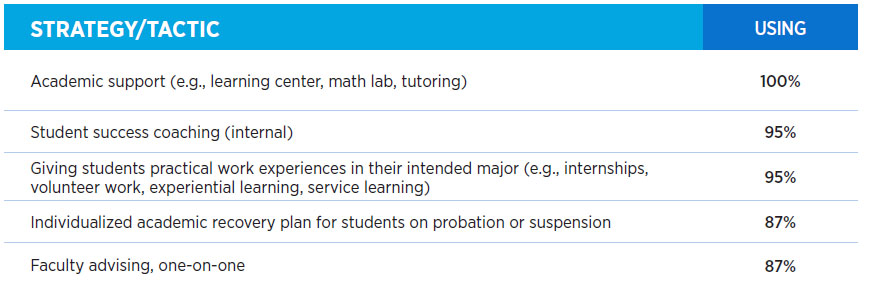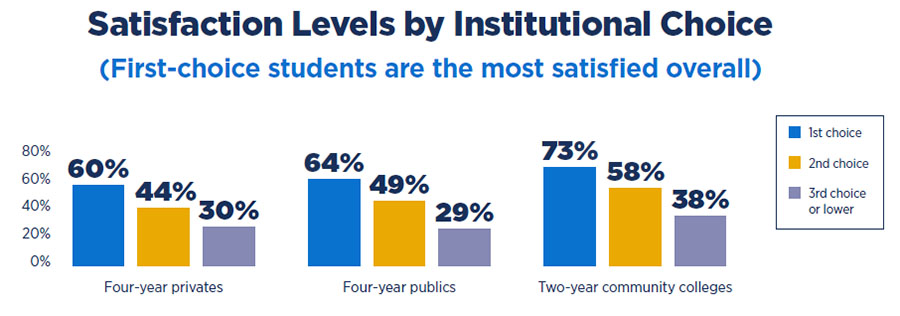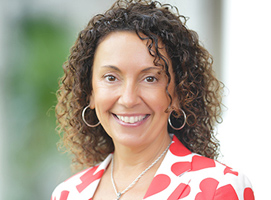enrollment
What We Learned About College Students and Families in 2023
As colleges and universities work to recruit and retain students in the post-pandemic world, understanding students and their families is more important than ever. The way students use technology search for college, the stress and anxiety they face, the economic challenges that impact their ability to afford college, and even the way they question the value of college have created daunting challenges for enrollment managers.
This year, RNL published a number of reports that provide insights into how colleges and universities can better engage students and families by addressing their concerns, meeting their expectations, and showing them why college is worth it. Here are a few key highlights from these studies, and I invite you to download these free reports to uncover even more interesting findings.
College Planning and Student Emotions: The stress and excitement of college
It’s no surprise that high school students feel stress today, but how does that stress affect their college search process? We partnered with ZeeMee to survey 10,000 high school seniors and publish this groundbreaking study (which we will continue to conduct in 2024). Read College Planning and Student Emotions.


E-Expectations: How do students search for colleges online?
Technology continues to change how student search for college and what they expect from those interactions. In this sweeping report, we presented 37 findings from a survey of nearly 2,000 high school students, covering a broad range of how students use social media, digital advertising, email, videos, chatbots, and more. Read the E-Expectations Trend Report.
| Top sources used to learn about colleges and universities | Highly rated channels used by students |
| 1. The college’s or university’s website | 82% of students watch videos on college websites 83% think they are useful |
| 2. Emails from a particular school | 74% of students have used social media for their college planning 74% have used an online community where they can interact with other students interested in the same institution |
| 3. Videos of campus, classrooms, students, and residence halls | 73% of students have taken a virtual tour 79% find them useful |
| 4. Printed brochures about the school | 91% of all 12th graders use email 87% of them have opened emails from schools 88% of them find emails useful |
| 5. Results from financial aid or scholarship calculator |
Prospective Family Engagement Report: Engaging the biggest enrollment influencers
Nearly all families are involved in the college search process with students, and this study from RNL, CampusESP, and Ardeo Education Solutions looks at how those families want to connect with campuses. Read the Prospective Family Engagement Report.
| Top topics families want information about: | Key findings about family expectations and behavior |
| Cost | 89% of families think the family portal helps them assist their student with college planning tasks. |
| Academic information | 88% of families are open to hear from prospective institutions as long as they have something important to share. |
| Admission requirements | 80% of families think money spent on students’ college tuition is a worthwhile investment in their students’ future. |
| Application process and timeline | 68% of families will rule institutions out based just on the sticker-price. |
| Financial aid and scholarships |
Discounting Report: Managing awarding in a turbulent economy
Our annual report on financial aid awarding shows how four-year institutions are managing as they emerge from the pandemic period. New this year is a metric for yield and melt rates by FAFSA filing status and Pell eligibility, something that will be increasingly important with changes to the FAFSA. Read the Discounting Report.
Highlights for four-year private institutions

Highlights for four-year public institutions

Effective Practices for Student Success, Retention, and Completion: What strategies help students succeed?
As demographic changes reduce the pool of prospective undergraduate students to recruit, student retention and completion have become even more vital to institutional health and sustainability. This survey of campus retention leaders highlights their most used and most effective practices. Read the Effective Practices for Student Success, Retention, and Completion Report.
Most Widely Used Strategies and Tactics for Student Success, Retention, and Completion (Private)

Most Widely Used Strategies and Tactics for Student Success, Retention, and Completion (Public)

National First-Year Students and Their Motivations to Complete College: More students are questioning if college is worth it
This report, based on data from 80,000 first-year college students, present a student perspective on the challenges and motivations impacting their success as they enter college. This year’s report shows how key attitudes and motivations have changed during the pandemic. Read the First-Year Students and Their Motivations to Complete College Report.

National Student Satisfaction and Priorities Results: Choice of institution makes a major impact on satisfaction
Student satisfaction is linked to a number of positive outcomes, including higher graduation rates, lower loan default rates, and greater alumni giving. This year’s study examines data from 362,000 student records to reveal overall satisfaction, satisfaction by whether students were at their first choice, how assessment impacts graduation, and more. Read the National Student Satisfaction and Priorities Results.

Read all of our research reports and reach out to discuss your best strategies
Visit our Resource Library for all of our research reports, and see insights from our experts in our higher education blog.
If you want to discuss what your best strategies are for student recruitment and retention, contact us and we’ll set up a time to talk.
